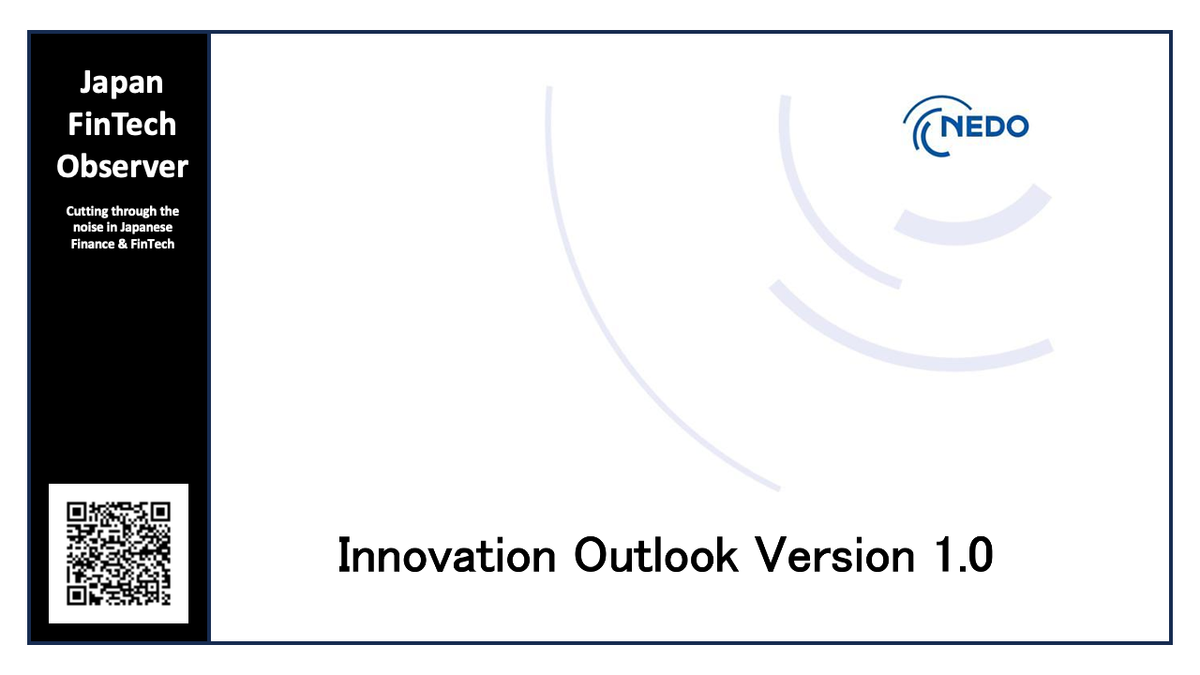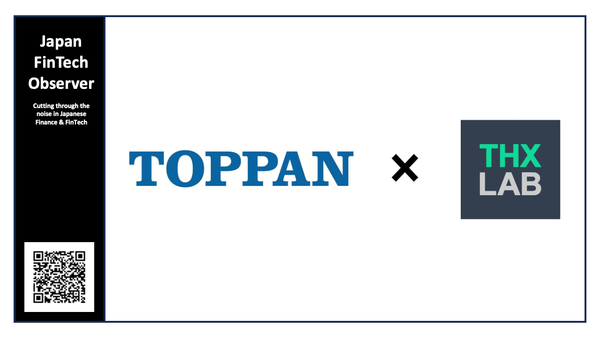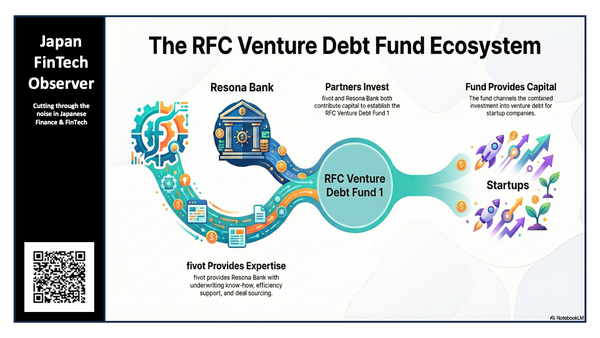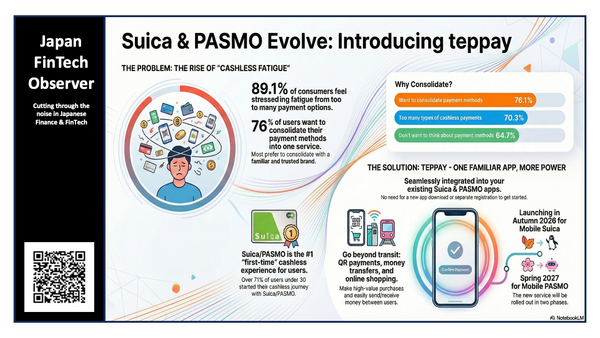NEDO's Innovation Outlook

At the beginning of July 2025, the Innovation Strategy Center of Japan's New Energy and Industrial Technology Development Organization (NEDO) published its "Innovation Outlook Version 1.0," outlining a new strategic direction for national research and development.
It pivots from a traditional, linear model of R&D to a dynamic, mission-driven approach aimed at tackling complex societal challenges and fostering "Transformative Innovation."
The outlook identifies key "Frontier Domains"—high-priority areas for investment and development—across six major technological fields, determined by a back-casting methodology that starts with a desired future vision for society.
Key Takeaways
- Strategic Pivot to "Transformative Innovation": NEDO is shifting its strategy from technology-focused R&D to a mission-oriented approach. The goal is to address overarching societal challenges like climate change, an aging population, and economic security by creating new social systems and industries, a concept termed "Transformative Innovation."
- New "Innovation Strategy Center" and "Innovation Outlook": The former Technology Strategy Center (TSC) has been reorganized into the Innovation Strategy Center to lead this new agenda. The "Innovation Outlook" is its flagship publication, designed to identify and communicate priority R&D areas ("Frontier Domains") to a wide range of stakeholders, including government, industry, and finance.
- MFT Framework as a Core Methodology: The outlook uses a back-casting model based on the Mission/Market, Function, Technology (MFT) framework. It starts by defining a desired future social vision (Mission), identifies the necessary functions and values to achieve it (Function), and then determines the technologies required (Technology). This problem-driven approach is a departure from a purely technology-push model.
- "DARPA-Style" Management: The outlook advocates for an agile, flexible project management style inspired by the US DARPA model. This involves empowering Program Directors (PDs) with the authority and resources to guide projects from ideation to implementation, with a greater tolerance for risk and the ability to adapt to changing circumstances.
- Identification of 12 Key Frontier Domains: The core of the outlook is the identification of twelve priority areas across six major technological fields for Japan to focus its innovation efforts. These are:
- Sustainable Energy: Underground Untapped Resource Utilization (e.g., next-gen geothermal, natural hydrogen); Long-term Energy Storage for Variable Renewables.
- Environment & Chemical: Base Metal Recycling; Radical Shift from Fossil Carbon Sources for Chemicals.
- Agri-Food Tech: Health Foodtech (personalized nutrition); Forest Resource Circulation.
- Digital: Power-saving & High-speed Information Processing (for AI); Social Infrastructure Monitoring & Forecasting; Automation & Labor-saving Digitalization.
- Materials: Extreme Materials (e.g., high-temperature superconductors, high-performance optics).
- Bioeconomy: Shifting from Fossil to Renewable Raw Materials (advanced biomanufacturing); Advanced Sensing & Control of Biological and Environmental Information (living materials/devices).




